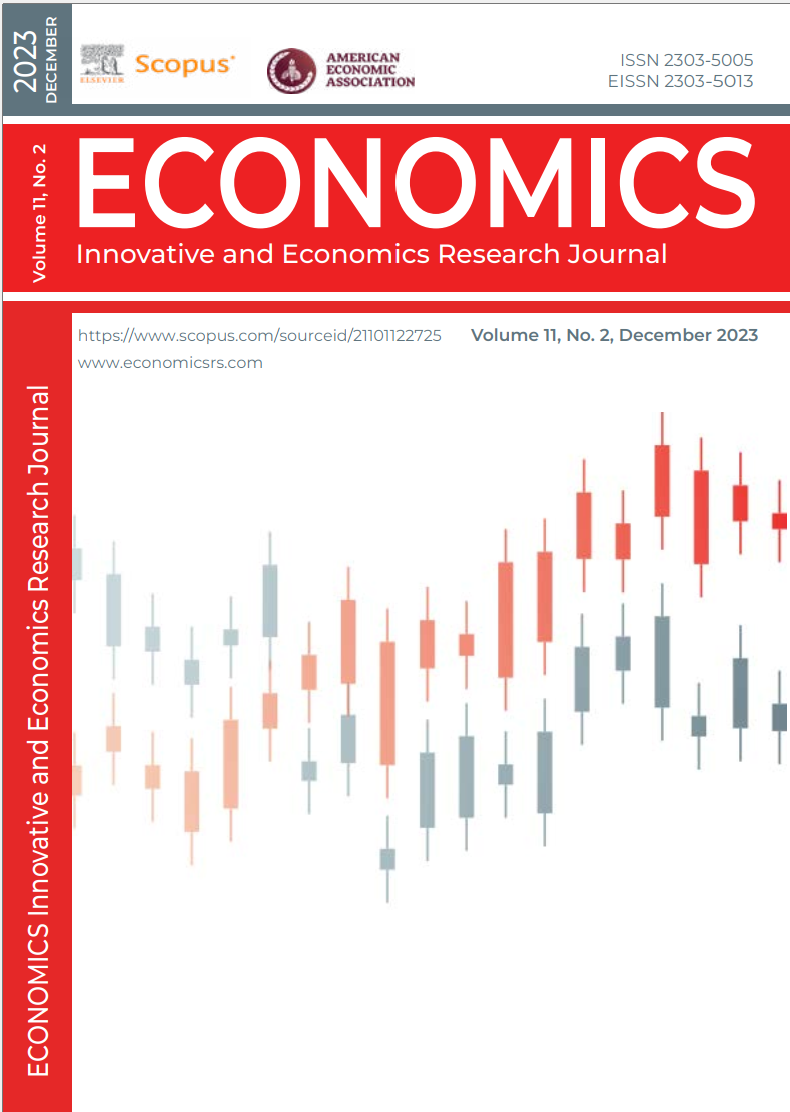DOES FINANCIAL INCLUSION IMPROVE INCOME EQUALITY? THE CASE OF TÜRKİYE
DOI:
https://doi.org/10.2478/eoik-2023-0049Keywords:
Financial Inclusion, Income Inequality, FMOLS, DOLS, CCRAbstract
Income inequality has become an important economic and humanitarian problem for both advanced and emerging economies, especially with the increase in financialization trends. The equitable distribution of income has garnered attention in both developed and developing nations, given the rise in global trade and production. However, limited research has explored the impact of financial inclusion on income inequality. To address this gap, this study investigated the effect of financial inclusion on income inequality in Türkiye, contributing to the very limited literature. In this study, the financial inclusion variable is measured using a six-dimensional index encompassing financial institutions and financial markets with depth, access, and availability sub-dimensions. During the time frame spanning from 1980 to 2021, estimations of parameters are conducted employing cointegration regression techniques, including FMOLS, DOLS, and CCR. The analysis revealed that inflation, per capita income, urbanization, and financial inclusion have a negative impact on income equality, whereas education has a positive impact. A 1% rise in financial inclusion is associated with a proportional rise in income inequality of approximately 0.012%. Contrary to the findings of previous empirical studies in general, the increase in financial inclusion in Türkiye has a distorting effect on income equality. The findings of this study offer important implications for Türkiye. While the relationship between the financial inclusion indicator and income inequality is not negative, increasing the income of low-income groups across all financial sectors is likely to improve income equality.
Downloads
Published
How to Cite
Issue
Section
License
Copyright (c) 2023 ECONOMICS - INNOVATIVE AND ECONOMICS RESEARCH JOURNAL

This work is licensed under a Creative Commons Attribution-NonCommercial-NoDerivatives 4.0 International License.























